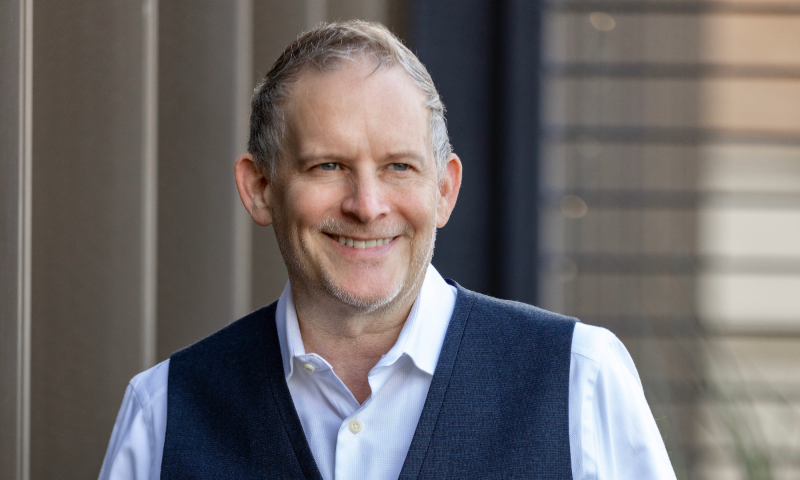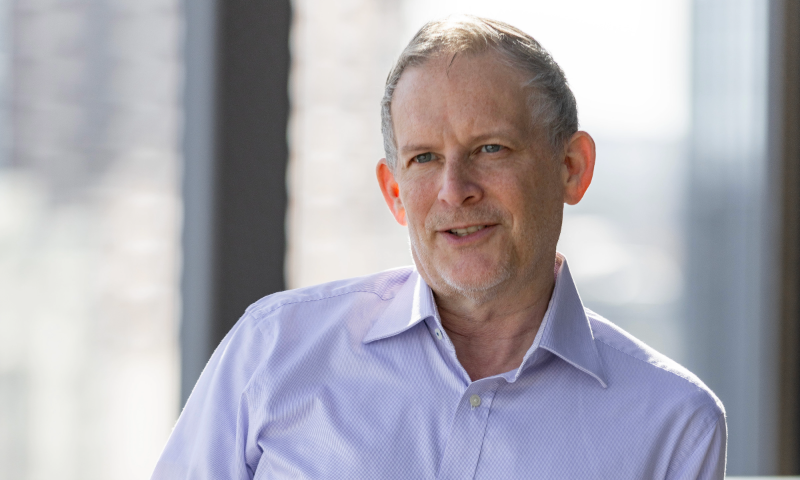Shayde Christian guides data-driven cultural change for Cloudera to generate maximum value from data. He enables Cloudera customers to get the absolute best from their Cloudera products such that they can generate high value use cases for competitive advantage. Previously a principal consultant, Shayde formulated data strategy for Fortune 500 clients and designed, constructed, or turned around failing enterprise information management organizations. Shayde enjoys laughter and is often the cause of it.
Recently, in an exclusive interview with Digital First Magazine, Shayde shared his professional trajectory, insights on how the business intelligence and data analytics landscape has evolved since the launch of ChatGPT, the most important characteristics required to be an effective, successful CDAO, significant career milestone, future plans, pearls of wisdom, and much more. The following excerpts are taken from the interview.
Shayde, tell us a little bit about your background and areas of interest. What got you excited about data science in the first place and how your work has evolved?
My ascent to CDAO was quite typical: McDonald’s cashier, heavy metal guitarist, IT PM, screenwriter and filmmaker, principal consultant and data strategist, data leader. Pretty standard. I’m equally left-brain and right-brain, which may be evident in my career choices. Data science appeals to both hemispheres, the analytical and factual as well as the visual and imaginative.
Brief us about your role as Chief Data & Analytics Officer at Cloudera.
Leading data and analytics for a top ten global data company carries some unique opportunities and expectations like the presumption that I build a truly world-class data and analytics organization. If we want our customers to be successful using our data, analytics, and AI products, we must master their usage internally. I also have the pleasure and obligation to communicate our successes and lessons learned to customers via speaking engagements, media, and blogs.

In your opinion, what has changed in the business intelligence and data analytics landscape since the launch of ChatGPT?
Awareness, most notably. A very bright light bulb illuminated the imagination of leaders and practitioners who had yet to adopt AI technology. The sky is the limit became AI is the limit. Although many enterprises now aspire to increase business outcomes using generative AI, only a few have done so (Gartner estimates 10%).
I believe that machine learning has the potential to generate greater outcomes than generative AI for most global organizations, so I’m anxious to see if the light bulb stays on long enough to elucidate those opportunities.
What are the most common myths about the CDAO role and how do you break down such preconceptions?
Many think that a CDAO as a tech leader. We’re tech savvy and tech interested, but an increasing number of CDAOs are business-leaning leaders with a more expansive depth of field. Instead of on-time, on-budget delivery of departmental objectives (outputs), we focus on the achievement of corporate objectives (outcomes). That’s ingrained in our nomenclature and success definitions: 17% top-line growth, 11% increase in EBITDA, customer experience improvement. Hitting our OKR doesn’t mean much if the business doesn’t gain a competitive advantage.
But I’m not so sure it’s a preconception that needs to be confronted. When you understand corporate objectives and align everything your organization does to achieve them, myths may not matter much.

How should businesses drive a passion for data and analytics at a wider level so that its importance is recognized at all levels of a business and not just by those with data and analytics responsibilities?
Even if the Office of CEO espoused the benefits and importance of data and analytics, the actual recognition of the importance and the realization of the benefits would not automatically follow. For most businesses, analytics extensibility will only materialize through the steady delivery of incremental business value over a long period of time, and only if accompanied by the constant evangelization of the business value that was delivered.
Many business leaders are not analytically-driven decision makers. They rely on observability, what the boots on the ground are experiencing, coupled with data that is readily available from source systems. Perhaps many have never been provided cross-functional insights that can prescribe how to navigate their operational future.
Analytics extensibility requires that data and analytics professionals provide thought leadership to tease out a bevy of unanswered key questions that can supply a steady stream of high-value analytics use cases. Once business value is realized routinely, analytics becomes essential to decision makers, and that’s what proliferates analytics far and wide. A truly data-driven culture is difficult to achieve and happens slowly. “One convert at a time,” my preacher father used to say.
What are the most important characteristics of an effective, successful CDAO?
I’m writing a series on How Who You Are Helps You As A CDAO. Each of us has different superpowers which make us effective in various roles and varied circumstances. Mine is storytelling, an effective tool for maintaining executive engagement, persuading customers that we can help them transform, and demonstrating to individual contributors how valuable they are to our organization.
How would you analyze yourself and what’s the most surprising fact that people might not know about you?
They might be surprised to learn how self-reflective I am. Self-critical? Let’s go with self-reflective. I’m highly analytical; why wouldn’t I apply that inward? Makes me better at whatever I choose to do.

What has been your most career-defining moment that you are proud of?
Easy. Hurricane Harvey. Two passionate data scientists felt a burden for the impacted members of the health insurer we were serving, and they needed to do something about it. They queried the enterprise data store for members in impacted zip codes with comorbidities that required treatments or prescriptions that could be life threatening if not administered within a 24-hour period.
Very late into the night they integrated publicly available external datasets that contained phone numbers and addresses of Houston residents who called for a rescue, as well as the lat and long of makeshift FEMA shelters. They identified the members who were potentially in grave danger as well as where they were most likely sheltered such that life-saving care could be administered.
Hands down. Not a close second.
If you didn’t work in data and analytics, what would you be doing?
I would be on tour with Steve Vai and Yngwie Malmsteen, two of the greatest guitarists in the world. In my fantasy, I’m sharing the stage with them but in reality, I’m unqualified to roadie the show.
Where do you see yourself in the next 5 years?
If I’m not playing with Steve? I have no idea. But we can bet I’ll be doing something that stimulates both sides of the brain, something I can get lost in for 12 hours a day.
What advice would you give to aspiring data scientists?
When guest-lecturing at Northeastern University, my call to action for burgeoning data scientists is to think about what you want to achieve in the world, how you want to contribute, then pursue roles in those industries because data scientists can have an enormous impact in the world. They can change it.






